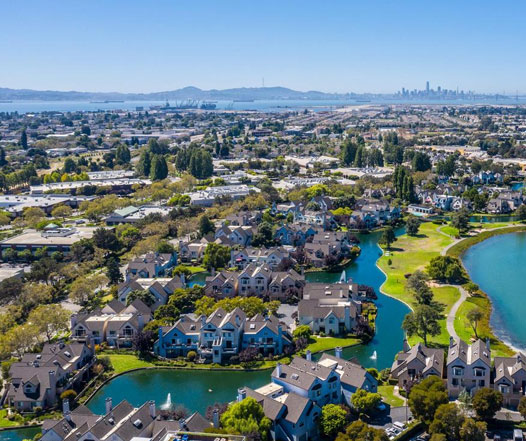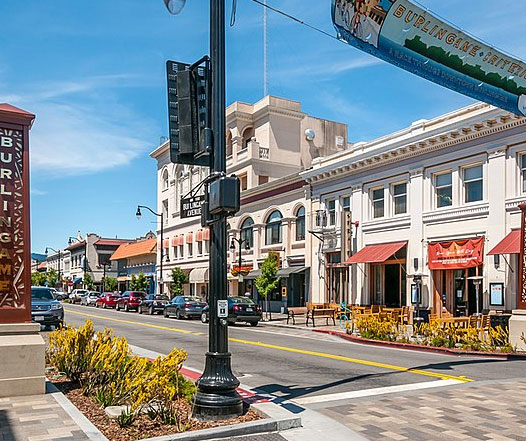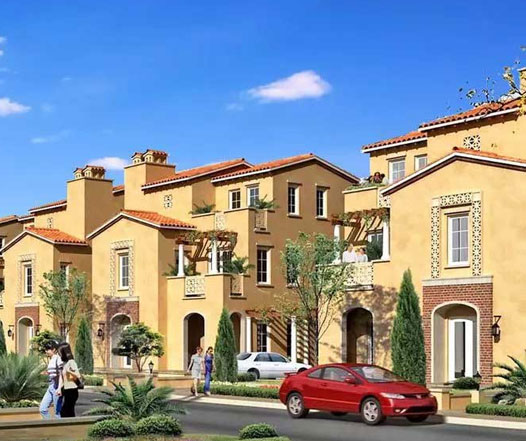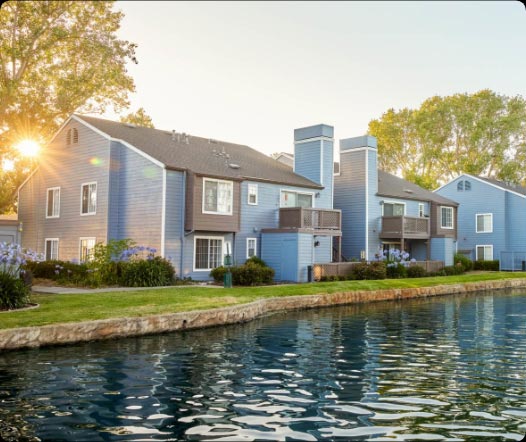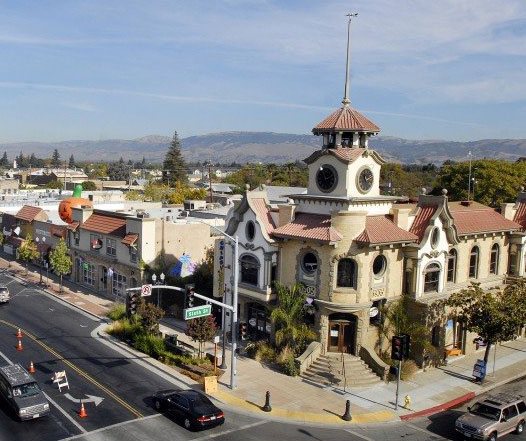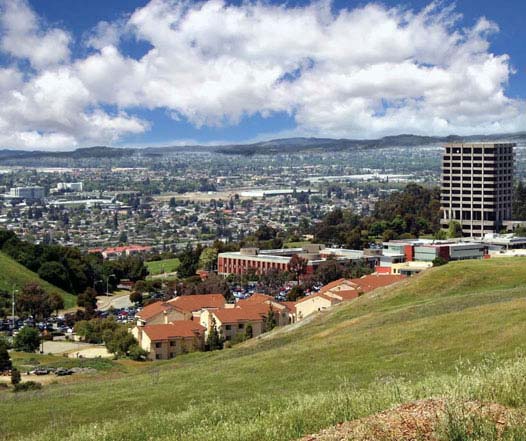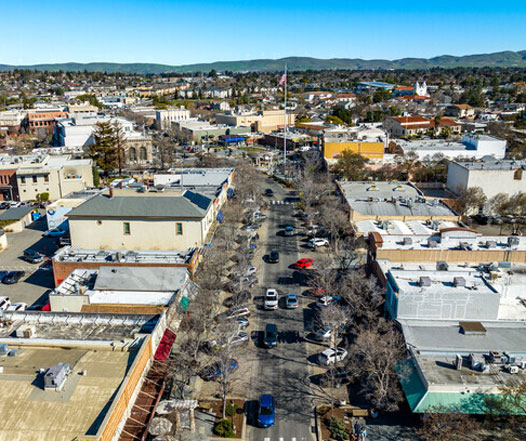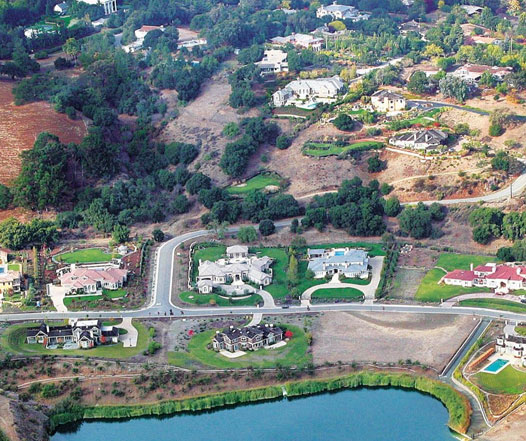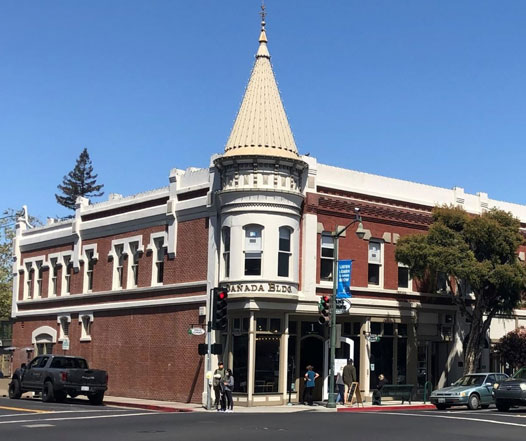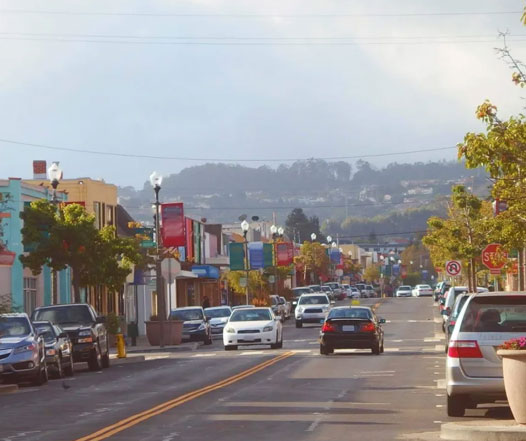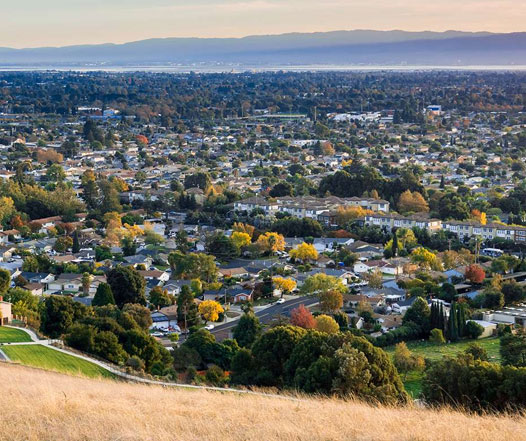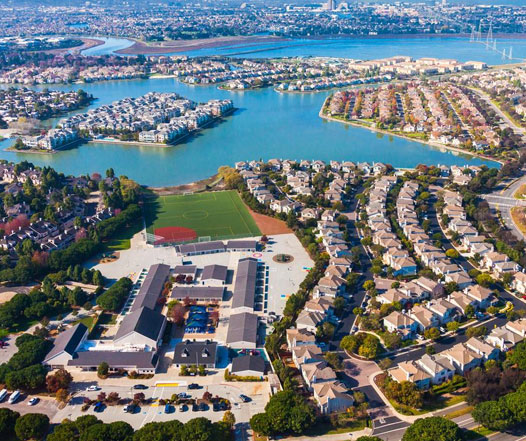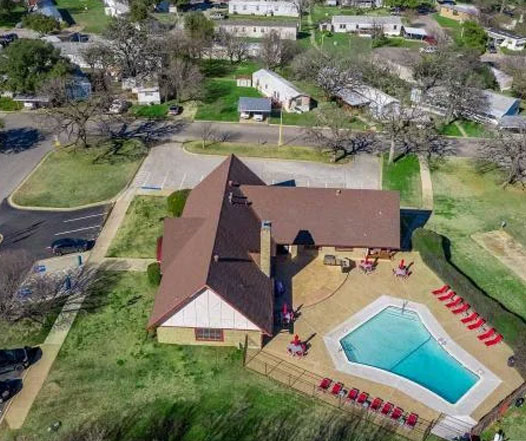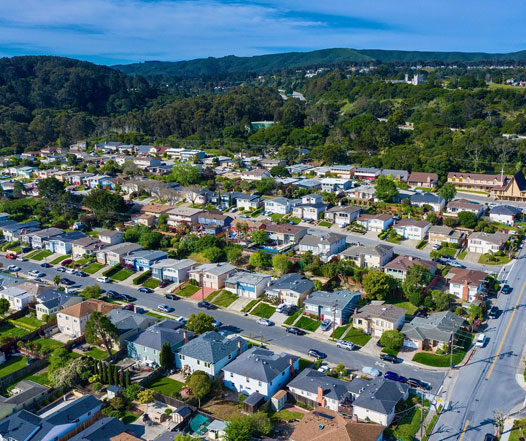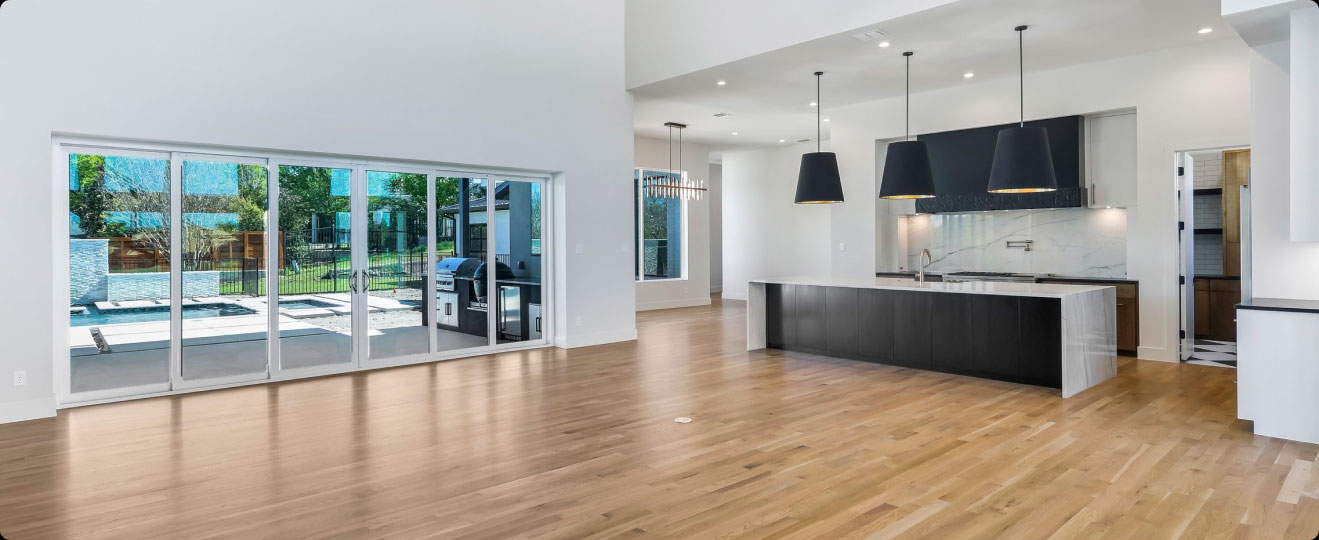
Introduction
In Woodside, ADU regulations are crafted to ensure a balance between development and community harmony. These regulations support sustainable growth while maintaining the town’s unique charm. ADU Specialist Bay Area provides expert guidance through these regulations, ensuring a seamless process from planning to approval.
Essential ADU Rules for Woodside
What you can build
Maximum size
ADUs can be up to 1,200 sq ft.
Side / rear setbacks
A minimum of 4 feet from the property lines.
Two stories
Two-story ADUs are allowed with specific design constraints.
Building separation
Maintain at least 6 feet from other structures.
Permitting timeline
Standard
Generally, approval takes 60 days.
Coastal
Additional 30 days for properties within coastal zones.
Zoning Regulations in Woodside
Woodside’s zoning laws are designed to preserve the character of the area while allowing for ADU development. These regulations include specific requirements for different zones to ensure compatibility.
ADU Size Limitations
| Lot Size | Single-Family (Maximum Floor Area Allowed) | Duplex and Multi-Family (Maximum Floor Area Allowed) |
| Under 7000 | 700 sq ft | Not permitted |
| 7000 - 9999 | 800 sq ft | 1 ADU + 400 sq ft per existing unit (up to 1000 sq ft max) |
| 10000 - 12999 | 900 sq ft | 1 ADU + 450 sq ft per existing unit (up to 1000 sq ft max) |
| 13000 - 19999 | 1000 sq ft | 1 ADU + 500 sq ft per existing unit (up to 1000 sq ft max) |
| 20000+ | 1000 sq ft | 1 ADU + 550 sq ft per existing unit (up to 1000 sq ft max) |
ADU Height Limitations
ADUs in Woodside can be up to 16 feet in height, aligning with the primary residence’s height.
Building Coverage
Total building coverage on a lot must not exceed 40%.
Location
| Property Type | Location Requirement |
| Single-Family Homes | Attached ADUs: Adjacent to the main house |
| Detached ADUs: Located in the backyard | |
| Junior ADUs (JADUs): Within the main house | |
| Duplex and Multifamily | Attached ADUs: Integrated into existing structure |
| Detached ADUs: Placed within designated areas on the property |
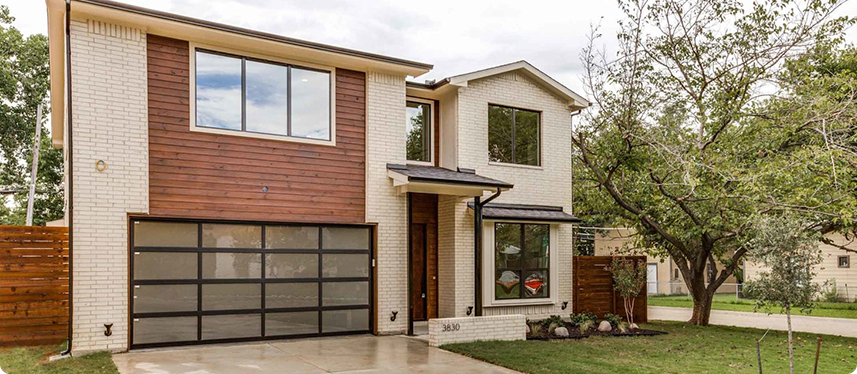
Exterior details
ADUs must complement the primary residence in terms of exterior finishes, colors, and roofing materials.
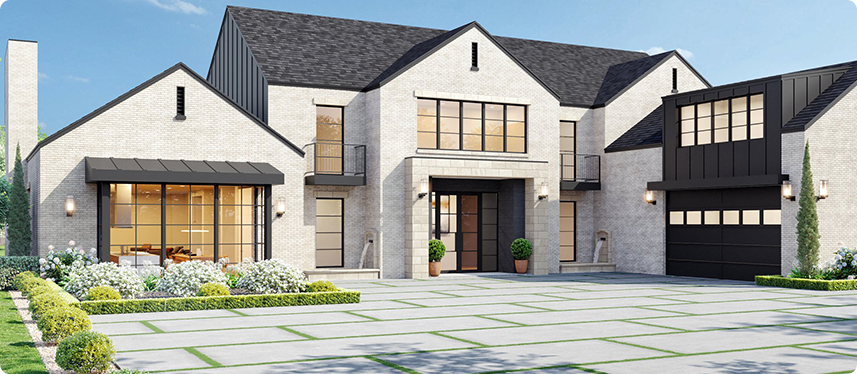
Parking
One parking space per ADU is required unless located within half a mile of public transit.
Setbacks and Buffer Zones
Setbacks must be 4 feet from side and rear property lines, with additional buffer zones for environmental preservation areas.
Minimum Lot Area
| Lot Size | Minimum Lot Area for ADU | Description |
| Under 7000 | ADUs not permitted | Lot size insufficient for ADUs |
| 7000 - 9999 | 7000 sq ft | Adequate for a small ADU |
| 10000 - 12999 | 10000 sq ft | Suitable for standard ADU |
| 13000 - 19999 | 13000 sq ft | Allows for larger ADU |
| 20000+ | No minimum lot area requirement | Ample space for any ADU size |
Connection for utilities
ADUs must have independent utility connections, including water, sewer, and electricity, to ensure efficiency and compliance with local standards.
Fire safety
ADUs must comply with local fire safety regulations, including the installation of smoke detectors, fire extinguishers, and accessible escape routes.
Room specifications
- Sleeping Areas: Must have proper ventilation, natural light, and meet size requirements.
- Kitchen: Needs a functional layout with essential appliances and storage.
- Bathroom: Requires proper plumbing, ventilation, and fixtures for hygiene.
- Storage: Should include adequate storage spaces such as closets or cabinets.
Short-term Rentals and Home Occupations Regulations
ADUs in Woodside are not permitted for short-term rentals to maintain community stability. Home occupations are allowed if they do not disrupt residential character.
Building Codes
ADUs must meet all local building codes, including structural, electrical, and plumbing standards, to ensure safety and durability.
Woodside ADU Permit Guidelines
| Permit Type | Description | Estimated Fee |
| Building Permit | Required for ADU construction. | $2500 - $5000 |
| Electrical Permit | For electrical installations. | $400 - $700 |
| Plumbing Permit | For plumbing systems. | $400 - $700 |
| Mechanical Permit | For HVAC systems. | $400 - $700 |
| Grading Permit | For land grading. | $300 - $500 |
| Site Development Permit | For site development. | $300 - $500 |
| Zoning Permit | For compliance with zoning laws. | $200 - $400 |
Property Requirements
Properties must comply with zoning, safety, and design standards specific to ADU development in Woodside.
Parking
ADUs must have designated parking spaces, either on the property or within nearby public parking zones.
Front setbacks
ADUs must be set back at least 20 feet from the front property line to maintain neighborhood aesthetics.
Side and rear setbacks
Side and rear setbacks must be at least 4 feet to ensure privacy and space between structures.
Open space and rear yards
Open spaces and rear yards should be preserved, ensuring sufficient recreational and green areas for residents.
Properties That Qualify
To determine your property’s eligibility for ADU development, contact the Woodside Planning Department.
- Verify that your property is within Woodside’s jurisdiction.
- Check the specific residential zones that permit ADUs. Common zones in Woodside include R-1, R-2, and R-M.
- Other General Plan designations that permit ADUs:
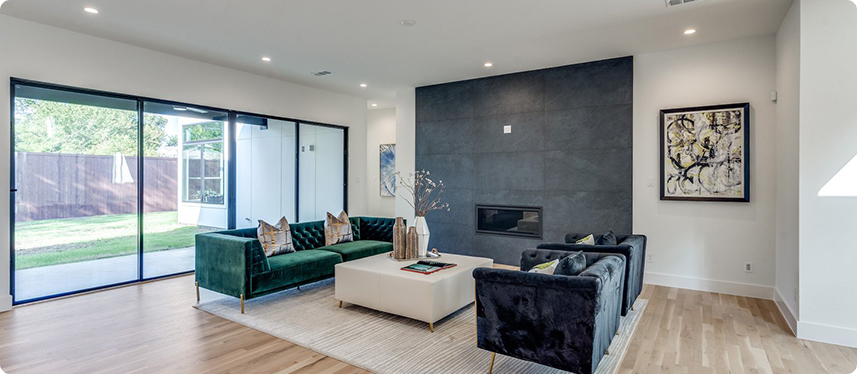
- Residential Mixed-Use (RMU): Allows for both residential and commercial uses, facilitating diverse development.
- Transit-Oriented Development (TOD): Encourages development near public transit hubs for convenience and reduced traffic.
- Specific Plan areas: Designated for tailored development projects, often including ADUs for increased housing options.
Development standards
Single-family
- Attached: Must be directly connected to the primary residence and share a wall.
- Detached: Can be built separately from the main house but must adhere to lot coverage limits.
Duplex properties
- Attached: Integrated into the existing duplex structure, maintaining design consistency.
- Detached: Located on the property while ensuring adequate space and accessibility.
Multifamily properties
- Attached: Incorporated within the multifamily building, following structural guidelines.
- Detached: Positioned on the property with clear access and compliance with zoning rules.
Junior ADUs (JADUs)
JADUs are smaller units within the primary residence, typically repurposing existing space like garages or basements.
Property designations
- Flood Zones: Properties in flood zones require additional precautions, such as elevated foundations and waterproofing.
- Geohazard Zones: Areas prone to landslides or earthquakes need specific engineering solutions for safety.
- Historic Designation: ADUs on historically designated properties must preserve the site’s architectural integrity.
- Easements: Development must respect utility and access easements, ensuring no interference with essential services.
Summary
ADU regulations in Woodside are designed to promote sustainable development while preserving the town’s unique character. By following these guidelines, homeowners can create functional and compliant ADUs. ADU Specialist Bay Area offers comprehensive support throughout the process, ensuring a smooth and successful project.
FAQ
Woodside has specific regulations regarding ADU size, setbacks, height limitations, and building coverage to ensure new constructions blend seamlessly with the community.
Yes, ADUs in Woodside are limited to a maximum height of 16 feet, maintaining a harmonious aesthetic with surrounding structures.
The minimum side and rear setbacks are 4 feet, ensuring adequate space between properties and promoting privacy.
Two-story ADUs are permitted in Woodside, provided they meet design constraints and do not exceed height limitations.
The standard permitting timeline in Woodside is approximately 60 days, with an additional 30 days for coastal properties.
Yes, ADUs must have one designated parking space, except when located within half a mile of public transit.
On lots under 7000 sq ft, ADUs are not permitted due to space constraints.
Yes, multiple permits are required, including building, electrical, plumbing, and zoning permits, each with associated fees.
Woodside’s zoning regulations ensure that ADUs are compatible with existing neighborhood characteristics and meet specific requirements for each zone.
No, ADUs are not permitted for short-term rentals to maintain residential stability within the community.
ADUs must have independent utility connections, including water, sewer, and electricity, to ensure compliance with local standards.
Yes, ADUs must match the primary residence in exterior finishes, colors, and roofing materials, ensuring visual harmony.
Yes, but the ADU must preserve the architectural integrity of the historically designated property.
Total building coverage on a lot must not exceed 40%, ensuring sufficient open space.
Absolutely, ADUs must comply with local fire safety regulations, including the installation of smoke detectors and fire extinguishers.
Sleeping areas must have proper ventilation and natural light, kitchens need essential appliances, bathrooms require proper plumbing, and adequate storage spaces are necessary.
Yes, properties in flood zones need additional precautions like elevated foundations and waterproofing to ensure safety.
Yes, both attached and detached ADUs can be built on duplex and multifamily properties, adhering to specific regulations.
The minimum lot area varies by lot size, with specific requirements for different categories to ensure adequate space for ADU development.
Yes, there are various fees for building, electrical, plumbing, mechanical, grading, site development, and zoning permits.
ADUs must be set back at least 20 feet from the front property line to maintain the aesthetic appeal of the neighborhood.
Home occupations are allowed in ADUs if they do not disrupt the residential character of the neighborhood.
Open spaces and rear yards should be preserved, ensuring sufficient recreational and green areas for residents.
Yes, JADUs are allowed and typically repurpose existing spaces within the primary residence, such as garages or basements.
Contact the Woodside Planning Department to verify jurisdiction, check residential zones, and confirm eligibility based on specific property designations.
